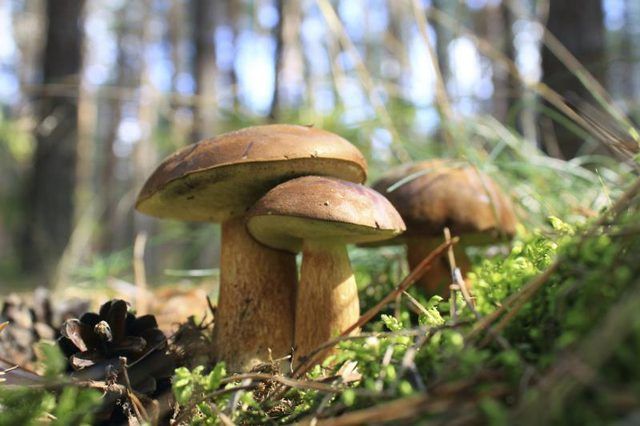Bulbs
Flower Basics
Flower Beds & Specialty Gardens
Flower Garden
Garden Furniture
Garden Gnomes
Garden Seeds
Garden Sheds
Garden Statues
Garden Tools & Supplies
Gardening Basics
Green & Organic
Groundcovers & Vines
Growing Annuals
Growing Basil
Growing Beans
Growing Berries
Growing Blueberries
Growing Cactus
Growing Corn
Growing Cotton
Growing Edibles
Growing Flowers
Growing Garlic
Growing Grapes
Growing Grass
Growing Herbs
Growing Jasmine
Growing Mint
Growing Mushrooms
Orchids
Growing Peanuts
Growing Perennials
Growing Plants
Growing Rosemary
Growing Roses
Growing Strawberries
Growing Sunflowers
Growing Thyme
Growing Tomatoes
Growing Tulips
Growing Vegetables
Herb Basics
Herb Garden
Indoor Growing
Landscaping Basics
Landscaping Patios
Landscaping Plants
Landscaping Shrubs
Landscaping Trees
Landscaping Walks & Pathways
Lawn Basics
Lawn Maintenance
Lawn Mowers
Lawn Ornaments
Lawn Planting
Lawn Tools
Outdoor Growing
Overall Landscape Planning
Pests, Weeds & Problems
Plant Basics
Rock Garden
Rose Garden
Shrubs
Soil
Specialty Gardens
Trees
Vegetable Garden
Yard Maintenance
How Do Fungi Reproduce?
How Do Fungi Reproduce?. Humans have a mixed relationship with fungi. Fungi such as truffles provide a culinary treat, whereas the fungus that causes athlete's foot gives nothing but discomfort. Some fungi have the ability to break down trees into rich soil but will also destroy the wood in your home. The kingdom of fungi includes thousands of...

Humans have a mixed relationship with fungi. Fungi such as truffles provide a culinary treat, whereas the fungus that causes athlete's foot gives nothing but discomfort. Some fungi have the ability to break down trees into rich soil but will also destroy the wood in your home. The kingdom of fungi includes thousands of species, most of which can reproduce sexually, asexually, or both depending on the circumstances. The reproductive world of fungi ranges from bursting spores to fruiting bodies.
Fungal Reproduction Basics
Although there are a wide variety of fungi, most have a similar structure. The main body of a fungi is made up of a network of thread-like structures called hyphae. This body is called the mycelium. For land-based fungi, the mycelium grows underground and can extend for miles. In many fungi, the hyphae play an important role in reproduction. For example, some fungi produce a fruiting body formed from hyphae that stick up out of the ground.
Asexual Spores
During asexual reproduction, some hyphae become spore-producing bodies called sporangia or conidia. The group of fungi known as Zygomycota develop sporangia within a sac. This sac then bursts to release the spores. Once the spores land on a suitable habitat, they germinate a new hypha that grows into a mycelium. In the fungi groups Ascomycota and Basidiomycota, spores called conidia are not held within a sac. Once the spores disperse they will germinate and form a new mycelium. Ascomycota includes fungi such as the one responsible for athlete's foot; Basidiomycota includes fungi such as mushrooms.
Sexual Reproduction
Some fungi that reproduce asexually can also reproduce sexually. In sexual reproduction, the hyphae of individual fungi meet and join together to become what is called a gametangia in a process known as plasmogamy. Within the gametangia, the nuclei from the cells of the two individuals fuse. This process -- karyogamy -- combines and mixes up the DNA from the two individuals. Karyogamy produces a spore that has double the normal number of chromosomes. In meiosis, this diploid spore halves itself to create two spores each with the normal number of chromosomes. Zygomycota, Ascomycota and Basidiomycota each reproduce sexually. The difference is the structure the spores form in. Basidiomycota form fruiting bodies called mushrooms or basidius; Ascomycota have sacs called ascus; and Zygomycota produce zygospore.
Variation Among Fungi
Although some groups of fungi reproduce both sexually and asexually through spores, other groups only reproduce asexually. This includes some yeasts that reproduce through cell division and other fungi that reproduce through fragmentation, where a piece of hyphae breaks off to form a new mycelium. Lichens, a symbiotic combination of fungi and algae, also reproduce asexually. During reproduction, pieces of hyphae join with a piece of algae in a structure known as a soredia. The soredia then disperse from the parent lichen to form a new lichen elsewhere. Although slime molds are classified as protists, their reproductive strategy is similar to fungi in that spores are formed in fruiting bodies. These slime molds may have been the evolutionary precursor to the fungi kingdom.